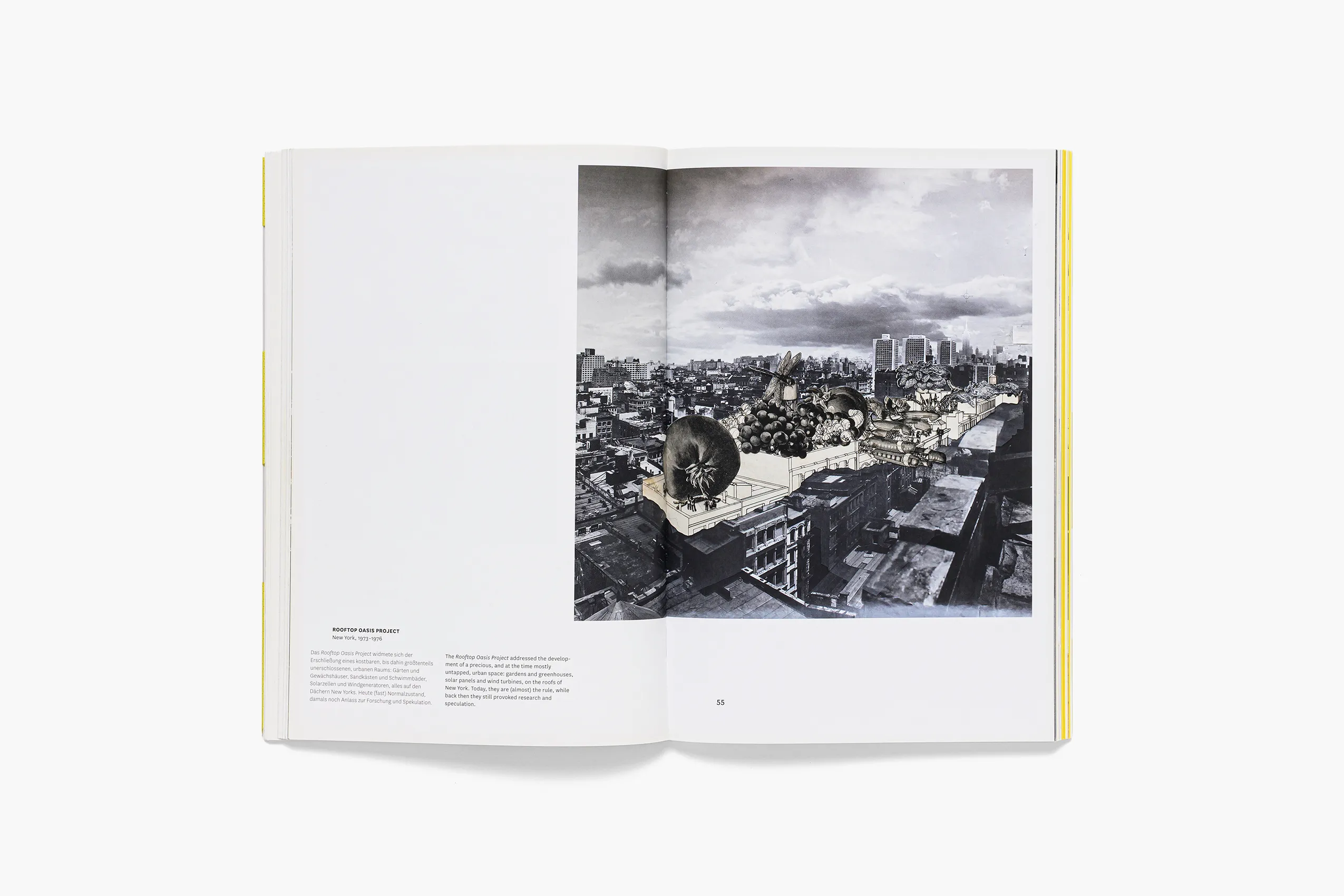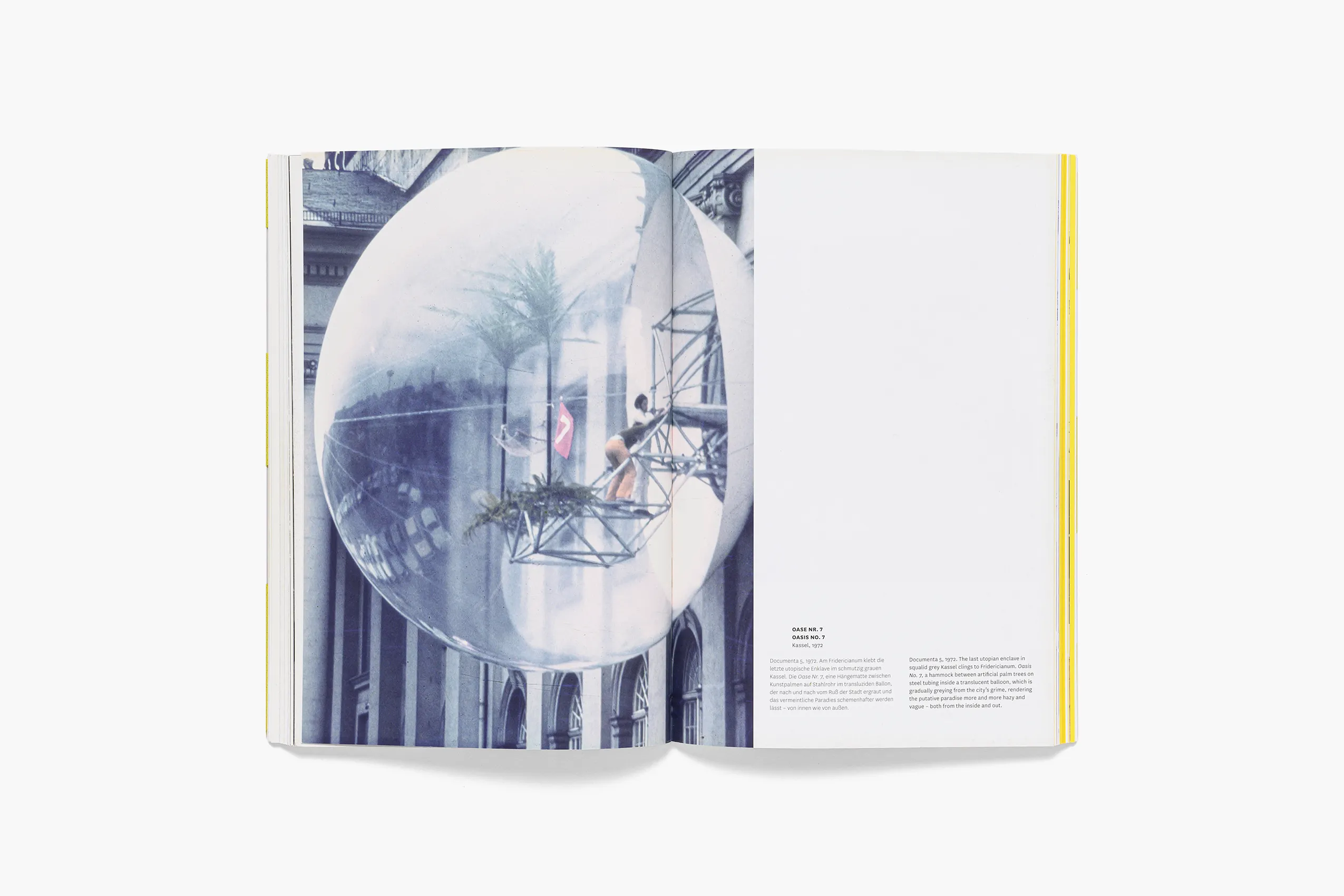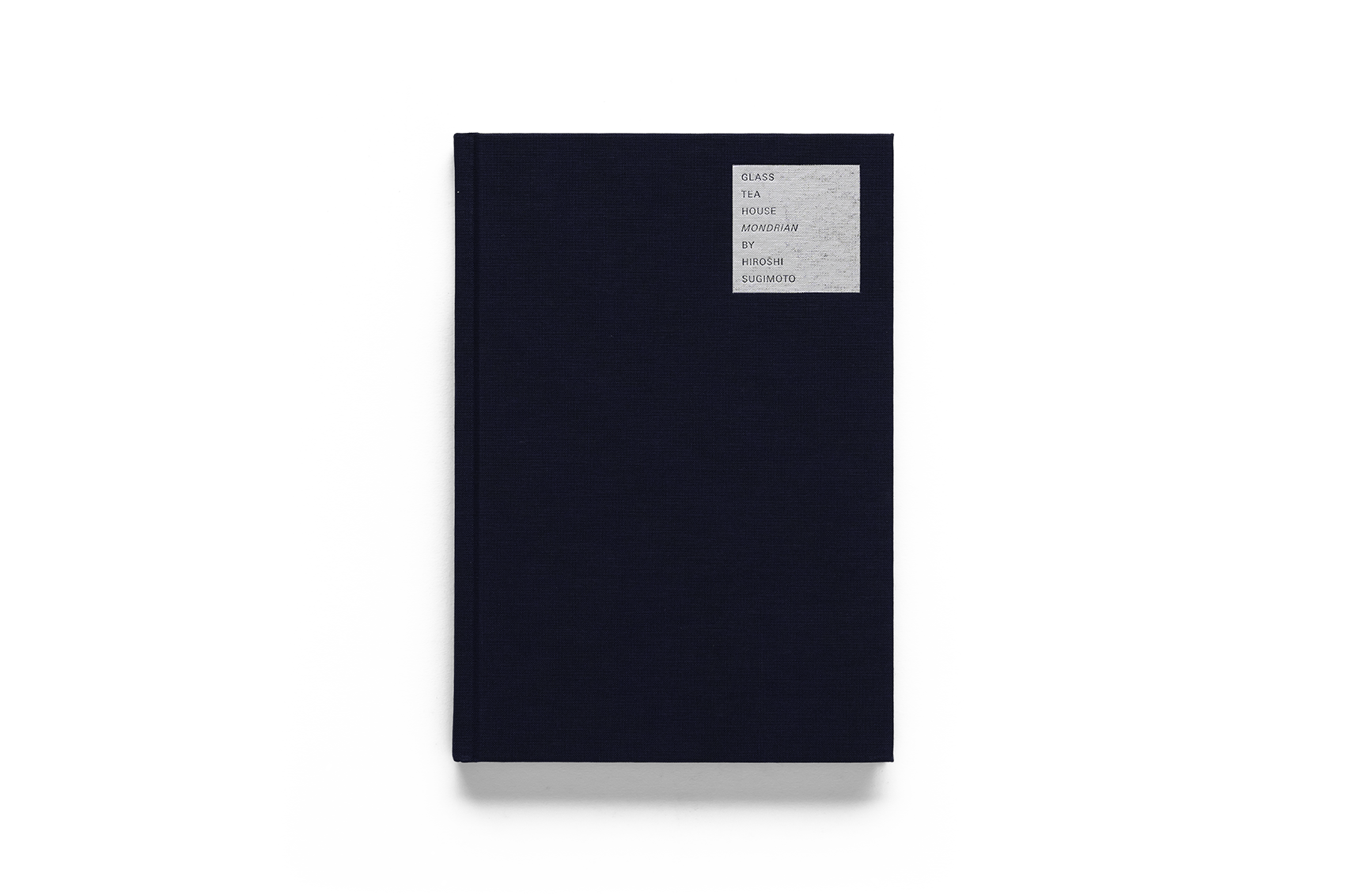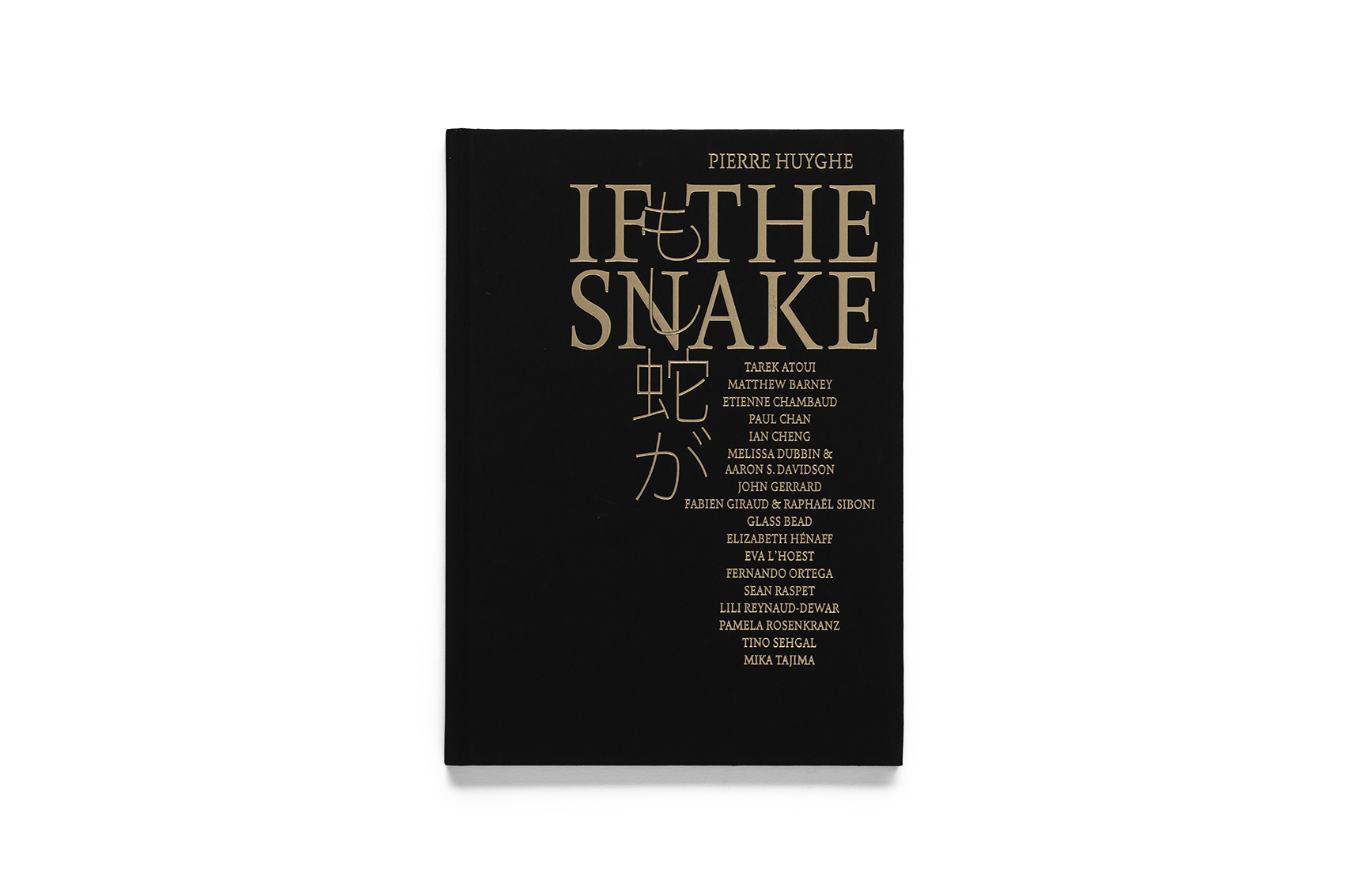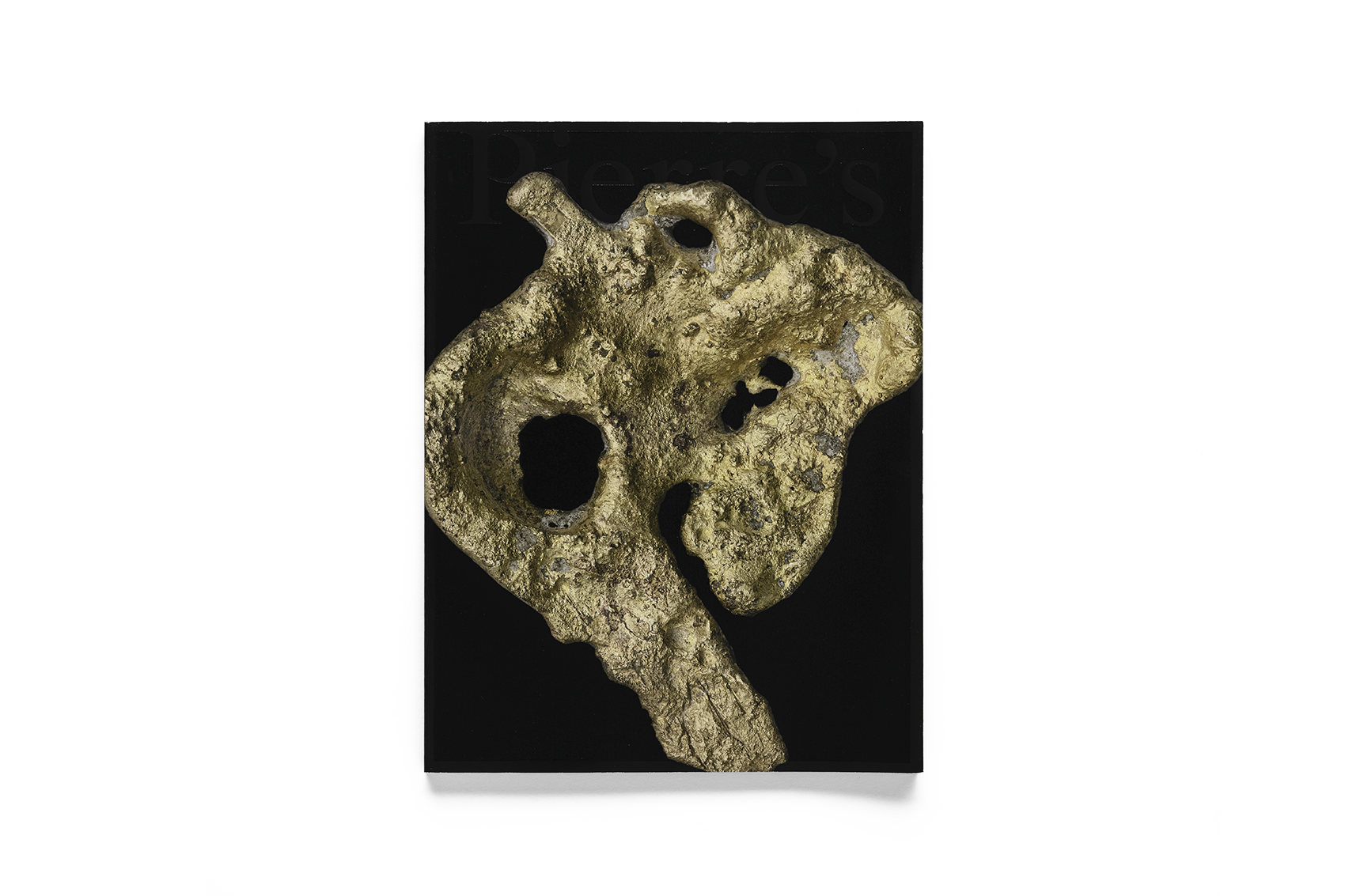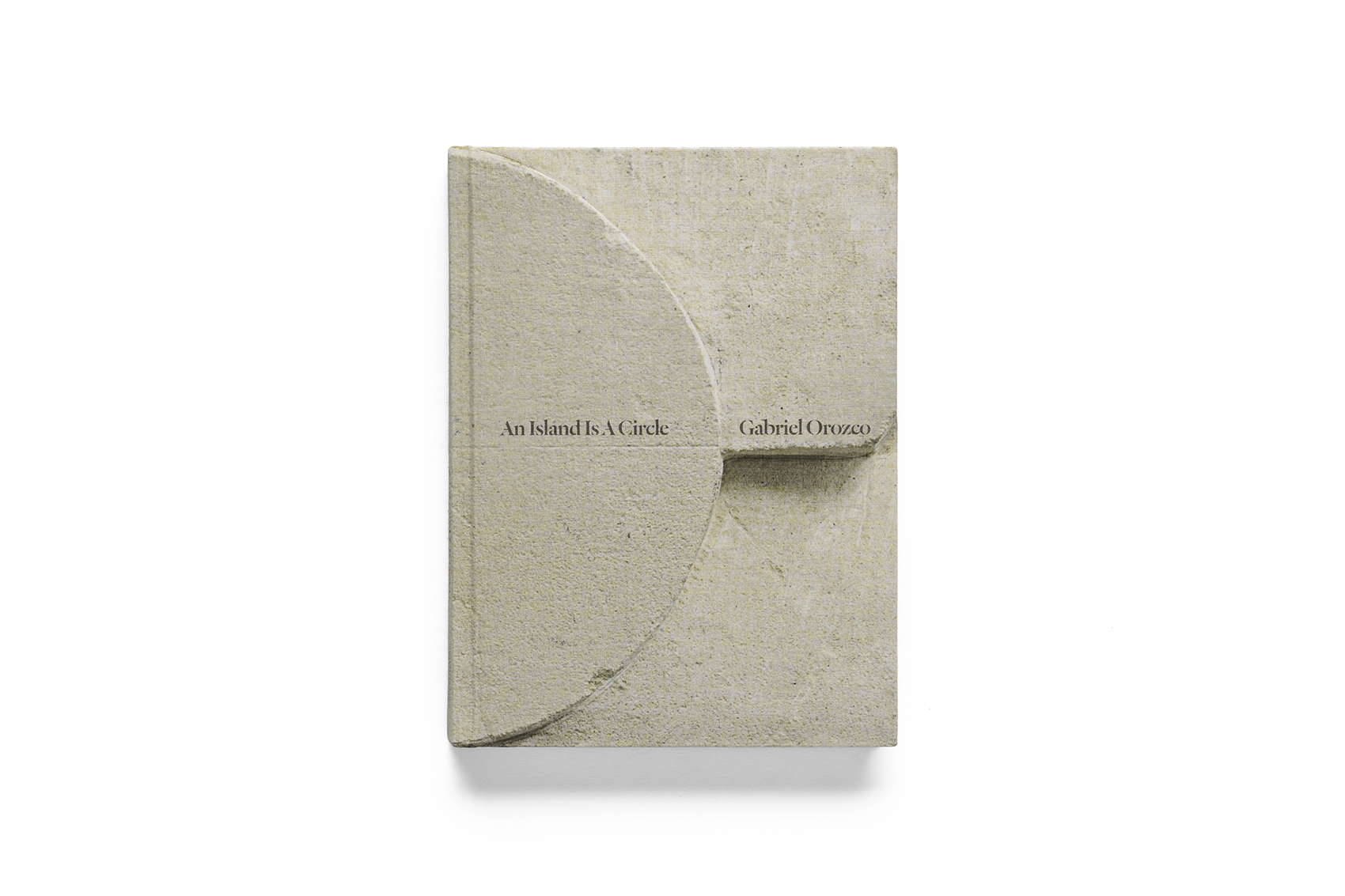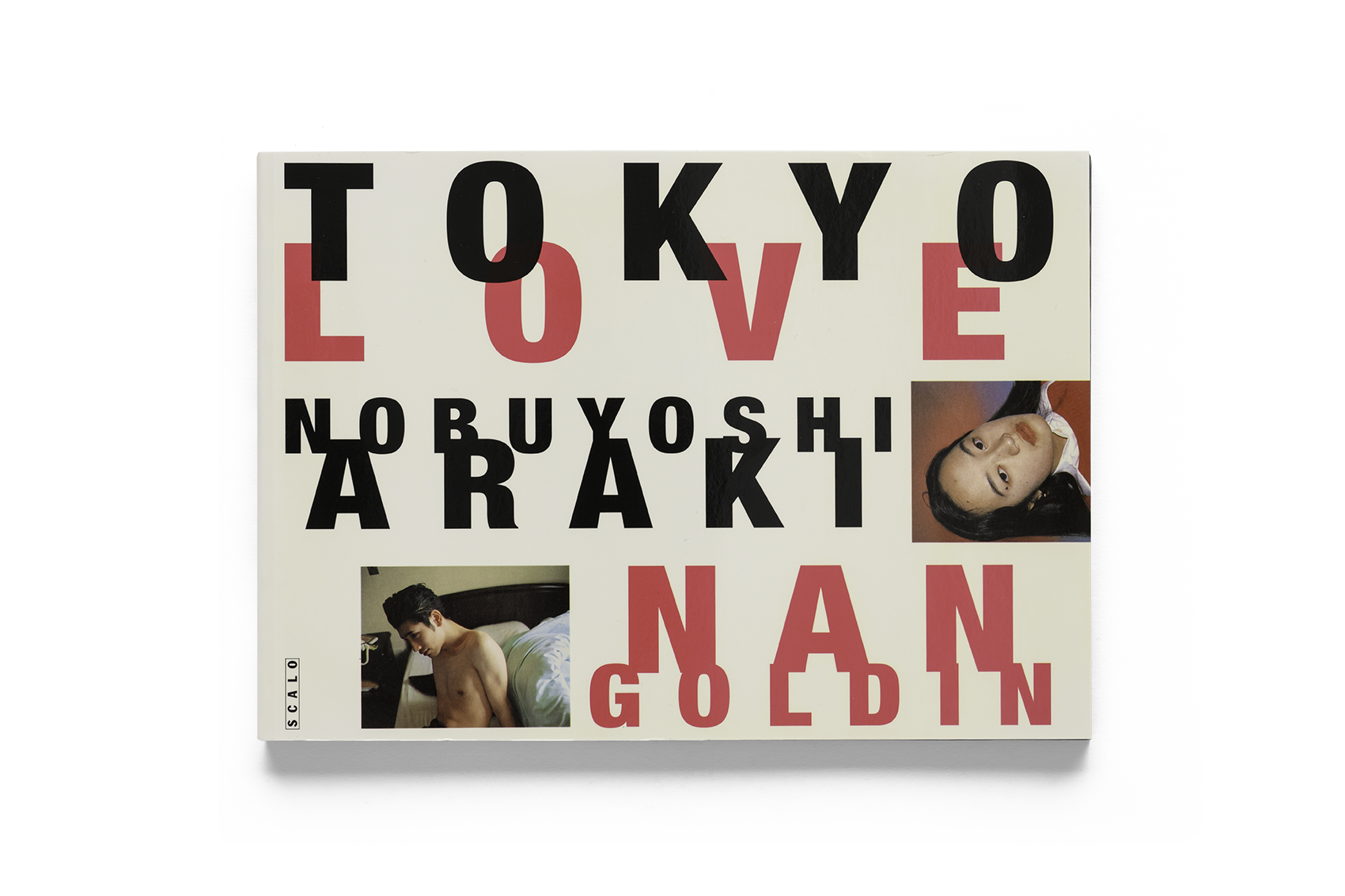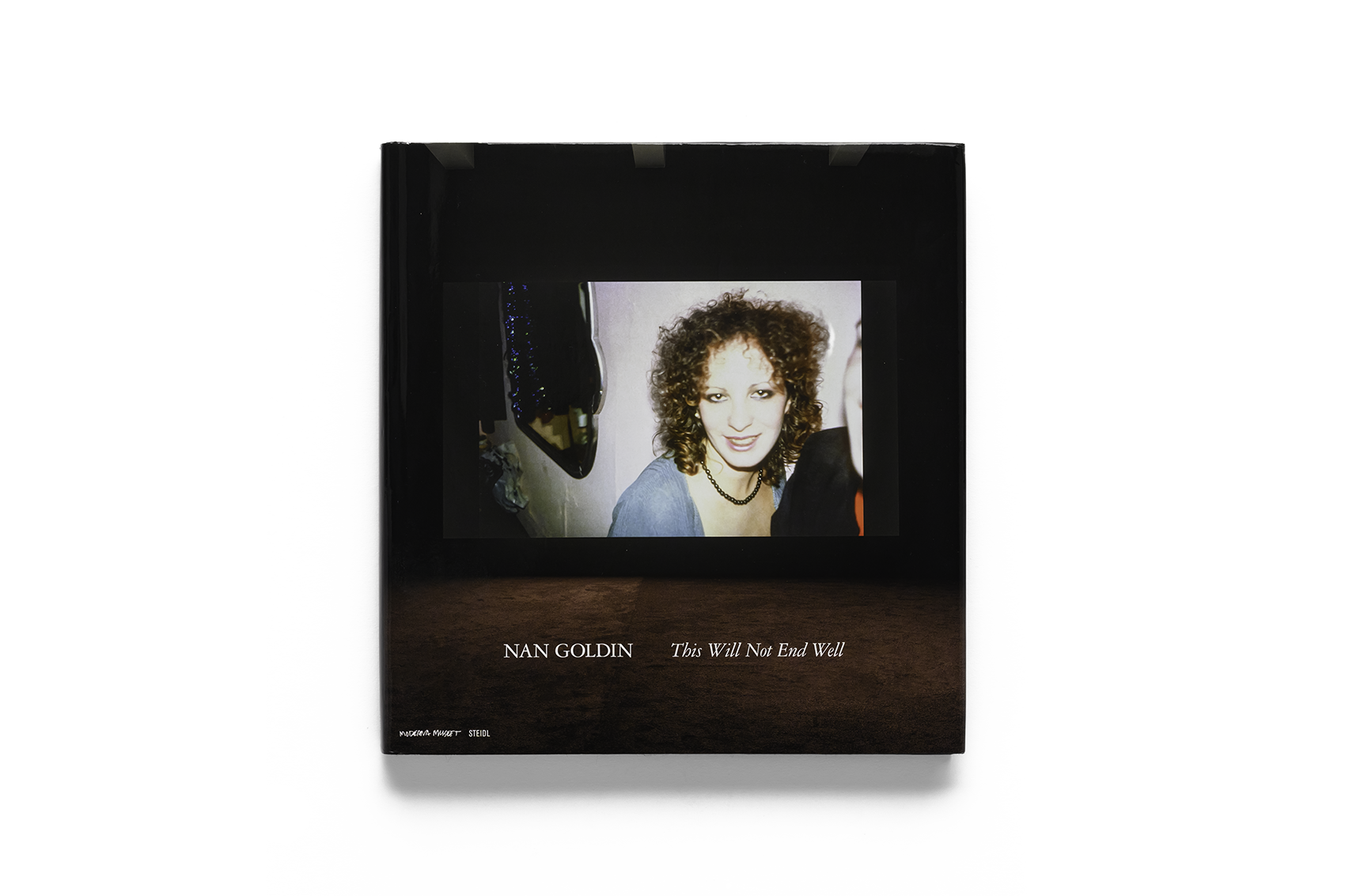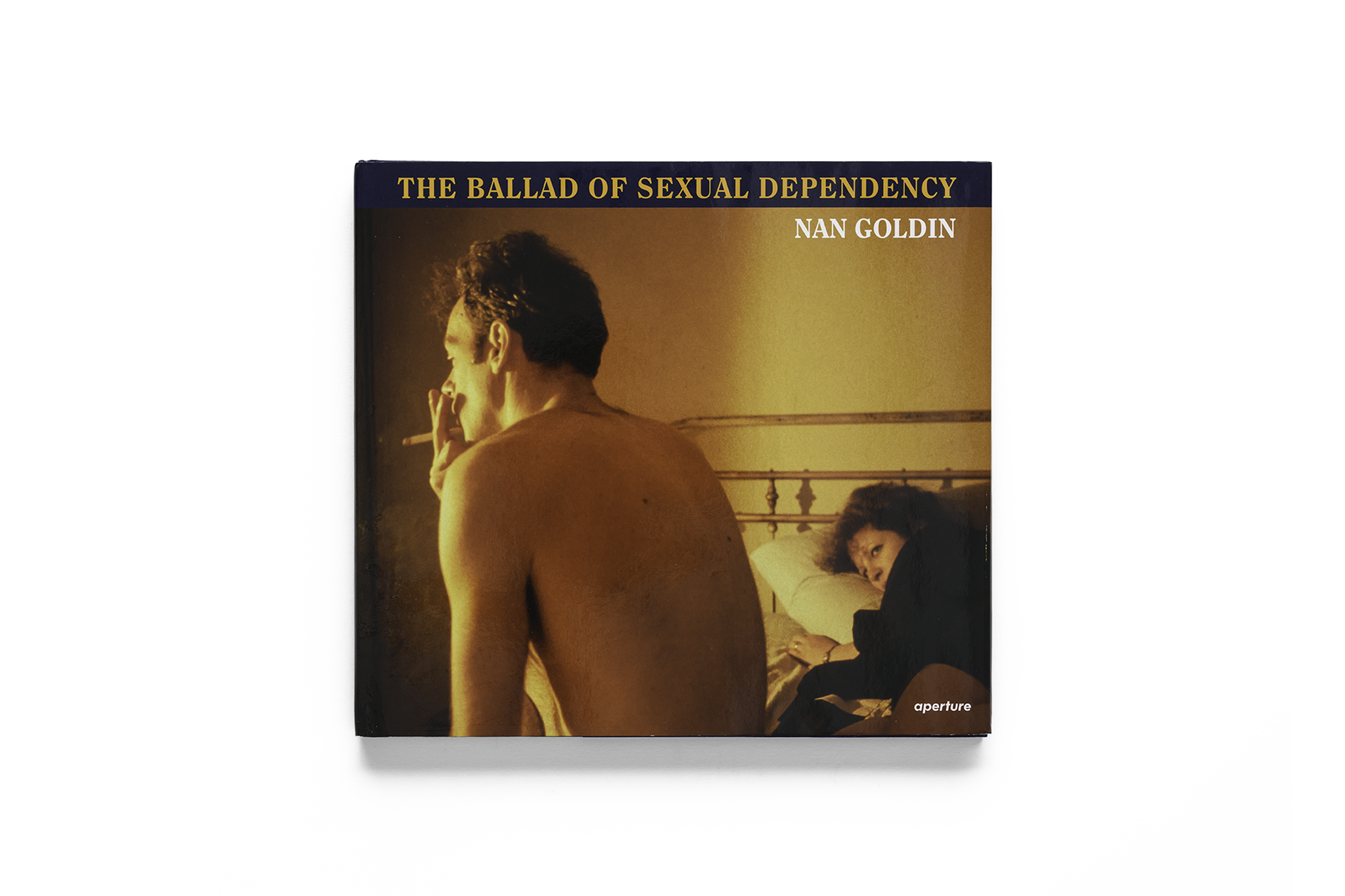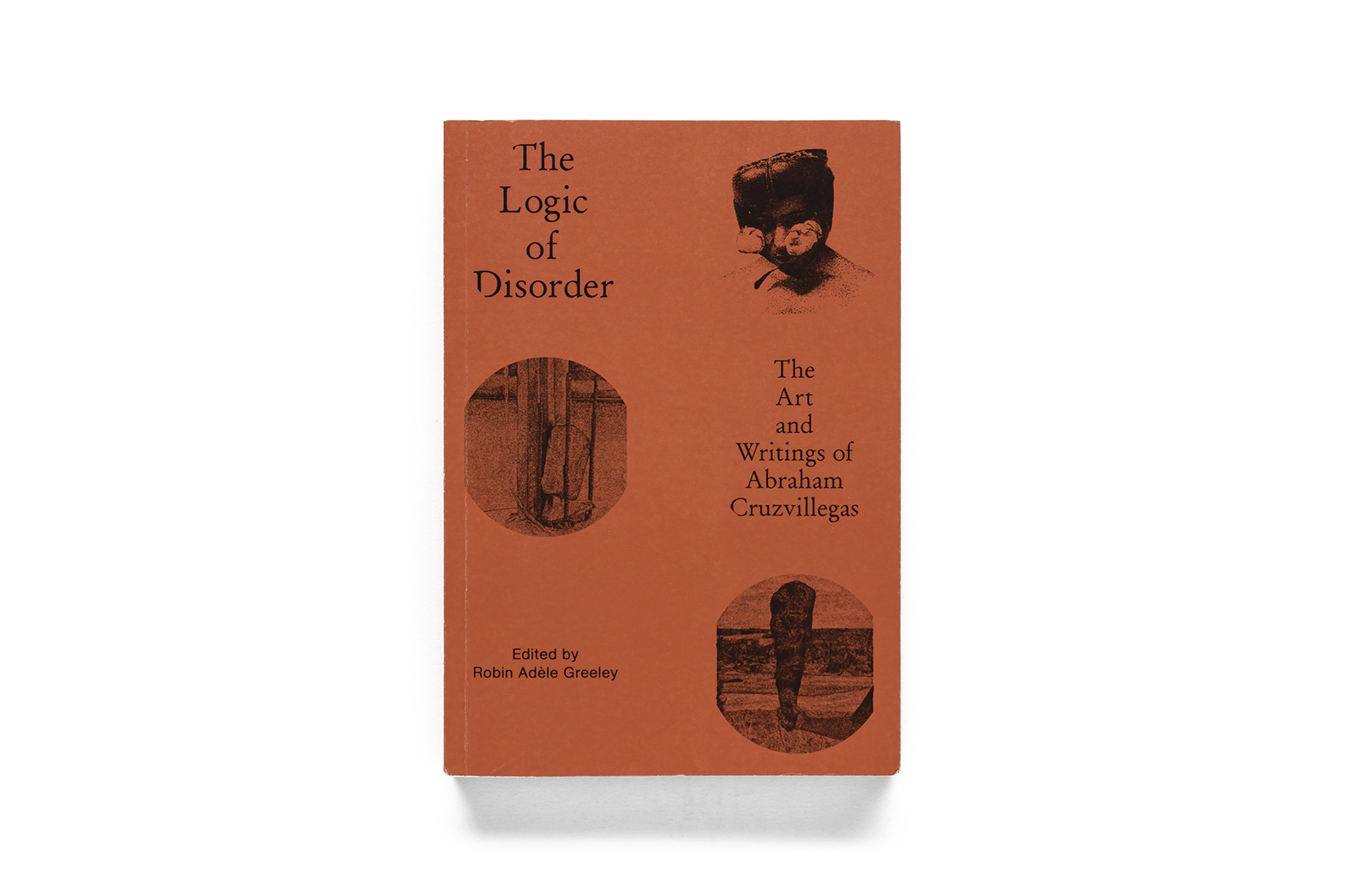
Verlag der Buchhandlung Walther Konig, 2014
Haus-Rucker-Co: Architectural Utopia Reloaded
Haus-Rucker-Co: Architectural Utopia Reloaded

Verlag der Buchhandlung Walther Konig, 2014
Haus-Rucker-Co: Architectural Utopia Reloaded published in conjunction with the exhibition of the same name held in Berlin's important contemporary art centre, Haus am Waldsee, between 2014 and 2015, the book explores the ten years of the founding of Haus-Rucker-Co (HRC), a pioneering design group based in Vienna, using original drawings, archives and interviews In response to concerns about environmental pollution and disasters in the 1970s, HRC has introduced interactive masks “Mind-Expander” and “Pneumatic Air Structures” ( Famous series of works such as pneumatic air-structures have had a huge impact on contemporary artists such as Tomás Saraceno.
In November 1967, at the height of the Space Race, somewhere in a Vienna street, a huge transparent sphere consisting of a steel structure and PVC airbags began to inflate, with seats for two people in the center of the sphere overlooking the streets and crowds below — something like The spacecraft's installation is a novel architecture — the first team work of the art group Haus-Rucker-Co (HRC), by Günter Zamp Kelp, 1941-, Produced by Laurids Ortner, 1941-, Klaus Pinter, 1940- and Manfred Ortner, 1943-, four young members who had just completed the architecture course at the University of Vienna (fifth member, artist Caroll Michels in 1972) Year of joining), the name of the group is said to be from within Upper Austria, where the four were born. The Hausruck Mountains.
Founded with the goal of advancing the next step in architecture, thinking more about environmental issues and “connecting” the cultural landscape, HRC combines experimental experiments in areas such as architecture, sculpture and design, and has gradually focused on issues such as environmental pollution, natural disasters, and more, since the 1970s, from engaging individuals The anthropomorphic mask “Environment Transformers” (1968) to the project “Cover—Survive in a Polluted Environment” (Cover - Survival in a Polluted Environment (1971), HRC's work takes the utopian ideals of the ancients Situationist International (1957-1972), Buckminster Fuller, 1895-1983, and Archigram, 1960s, and architectural telecommunications (Archigram, 1960s-). His unique and inspiring works of architectural art have influenced contemporary artists such as Danish Icelandic artist Olafur Eliasson, 1967- and Argentine artist Tomás Saraceno, 1973-.
The book was published in conjunction with an exhibition of the same name held between 2014 and 2015 at Berlin's important centre for contemporary art — Haus am Waldsee. The book reviews HRC's creative history using original drawings, archives and interviews with team members, and includes an interactive mask “mind expander” (Mind-Expander). Forward-looking space and device design series such as “pneumatic air-structures”, which contrast with today's global climate affected by the pandemic The reflection is even more impressive.
